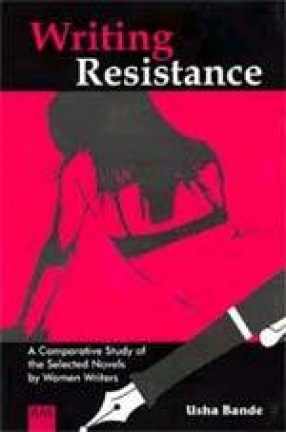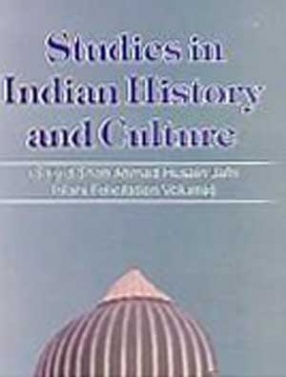This book is done on a purpose to illustrate the different crops currently available and that could be grown as sources for food, medicine, industrial purposes and as a renewable raw material for energy. In olden days, all products used by man were based on renewable resources. Because of the biotechnological, industrial revolution and rapid development in chemical industry during this century, most of the renewable products disappeared, or their market share was significantly reduced. Synthetic product mainly derived from non-renewable fossil fuels were cheaper, offered better material properties and more attractive to the consumer than natural products perceived as ‘old – fashioned’. Now renewable resources sources can afford a considerable market share in areas because of the development in the field of biotechnology, where they offered specific advantages. The Botanical Survey of India has identified about 400 plants which yield vegetable oil. Among the 400 plant species 60 most potential and important sources of bio-energy crops were described in this book. The morphology of the useful parts and the various uses such as food, medicine and the various chemical constituents present in the plants are enumerated. From an agricultural point of view the possible benefits of these energy crops could provide new value-added renewable products and employment in farming and related industries. It can strengthen the economy of the country mainly in the rural areas. Regarding environment, these energy crops could enhance biodiversity by broadening the number of crop species grown in a certain area or different places according to the ecological conditions. From the economic point of view, these energy crops could contribute for the important developments and reduce the dependency on products from developing countries. It could improve the balance of payments of our country. Now, India is facing a serious threat in fossil fuel resources as well as various concomitant environmental disasters. The fossil resources were limited and could no longer be considered a cheap and reliable raw material. Further, consumer attitudes were changed and it was realized that many industrial products and processes could seriously damage the environment. Fossil resources could be saved for future generations, which has been an important objective of ‘sustainable development’. These energy crops could be used in multi purpose namely for energy, food, medicine and industrial uses including paints, lubrications, etc. Bio-based products have lower carbon dioxide emissions than products derived from fossil resources, will help to reduce global warming. By using and adapting nature’s own production, industrial processing steps could be made simpler, milder and more environmentally. This book is fed with the information of scientific classification, botanical name, common names, distribution, description, ecology, yield potential, germplasm, chemical constituents, folk medicine and their different uses of bioenergy crops. According to the usage of the plant products the plants were classified into two groups namely plants with edible vegetable oil in section I and plant with non-edible vegetable oil in section II of this book. This book will be very useful for a wide range of interested groups such as farmers, industrialists, students of science, agri and horticulture, medicinal biotechnology and researchers.
 Indian Mineral Industry at a Glance, 2008-09
1 × $45.00
Indian Mineral Industry at a Glance, 2008-09
1 × $45.00  Fazail Eamaal (Vol-I)
1 × $14.40
Fazail Eamaal (Vol-I)
1 × $14.40  Writing Resistance: A Comparative Study of the Selected Novels by Women Writers
1 × $17.10
Writing Resistance: A Comparative Study of the Selected Novels by Women Writers
1 × $17.10  Studies in Indian History and Culture: Saiyid Shah Ahmad Husain Jafri Islahi Felicitation Volume
1 × $19.80
Studies in Indian History and Culture: Saiyid Shah Ahmad Husain Jafri Islahi Felicitation Volume
1 × $19.80 
 Indian Mineral Industry at a Glance, 2008-09
Indian Mineral Industry at a Glance, 2008-09  Fazail Eamaal (Vol-I)
Fazail Eamaal (Vol-I)  Writing Resistance: A Comparative Study of the Selected Novels by Women Writers
Writing Resistance: A Comparative Study of the Selected Novels by Women Writers  Studies in Indian History and Culture: Saiyid Shah Ahmad Husain Jafri Islahi Felicitation Volume
Studies in Indian History and Culture: Saiyid Shah Ahmad Husain Jafri Islahi Felicitation Volume 



There are no reviews yet.